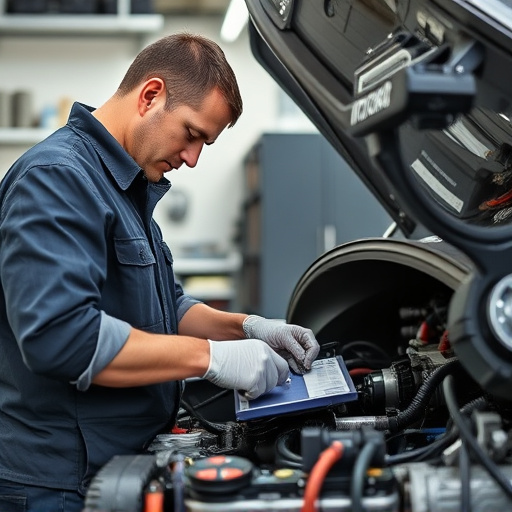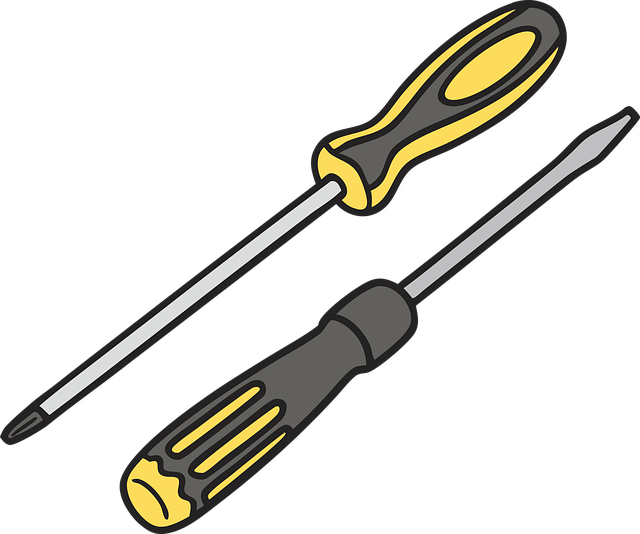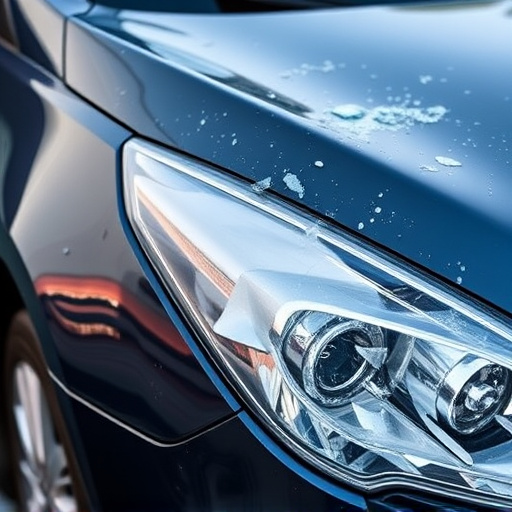Adhering to Original Equipment Manufacturer (OEM) specifications during door seal replacement ensures quality, performance, and weatherproofing. Use OEM-compliant parts, carefully remove old seals, clean door frames, apply new seals, cure for 24-48 hours, inspect for damage, regularly clean, and address installation issues for a secure, reliable, and aesthetically pleasing door closure.
Tired of drafty or noisy doors? Learn how to replace your door seal to enhance energy efficiency and silence interior noise. This comprehensive guide delves into the intricacies of door seal replacement that meets OEM (Original Equipment Manufacturer) specifications. From understanding vital door seal replacement criteria to ensuring long-lasting results, we provide step-by-step instructions and expert tips for a seamless process.
- Understanding OEM Specifications for Door Seals
- Steps for Efficient Door Seal Replacement
- Ensuring Longevity: Post-Installation Tips
Understanding OEM Specifications for Door Seals
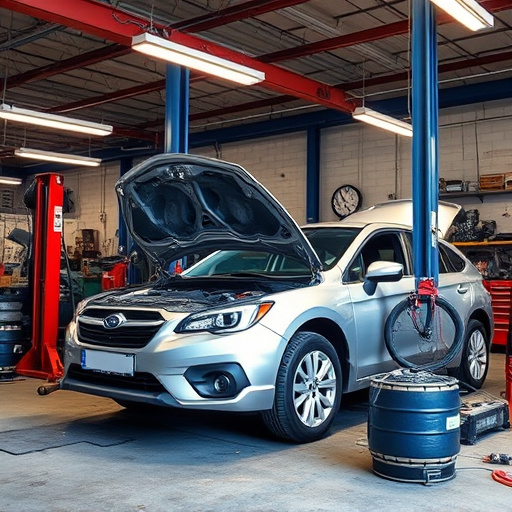
When it comes to door seal replacement, understanding OEM (Original Equipment Manufacturer) specifications is paramount. OEM standards ensure that replacement parts fit perfectly and function reliably, matching the quality and performance of the original equipment on your vehicle. These specifications cover various aspects such as dimensions, material composition, and sealing effectiveness to guarantee a secure and weatherproof door closure.
For effective door seal replacement, consider the importance of adhering to these guidelines, especially when navigating collision damage repair or car body restoration processes. Using seals that meet OEM specs can prevent future issues like water intrusion, poor sealing, and noise during operation, ultimately enhancing the overall vehicle repair experience and ensuring customer satisfaction.
Steps for Efficient Door Seal Replacement
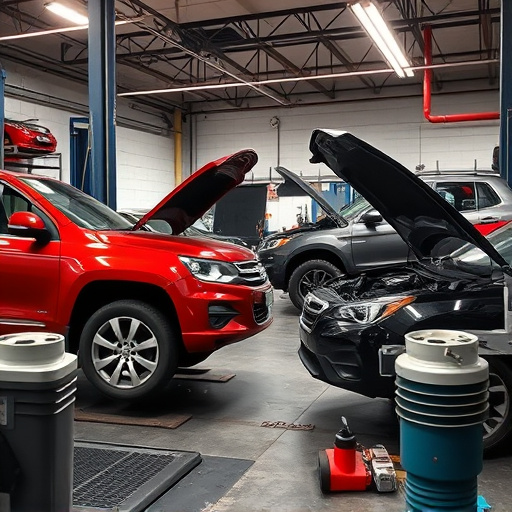
Performing a door seal replacement is a crucial task for maintaining the integrity and safety of your vehicle. It’s a process that requires precision and attention to detail. To start, gather all necessary tools and parts, ensuring they meet OEM (Original Equipment Manufacturer) specifications for an accurate fit. This includes a new door seal, applicators, and any specialized tools specific to your car model.
Next, carefully remove the old door seal, taking note of its placement and any clips or retainers it engages with. Clean the door frame and ensure there’s no debris or dirt present that could interfere with the new seal’s adhesion. Apply the new door seal along the specified path, following the manufacturer’s instructions for proper alignment and pressure. Utilize fleet repair services or car collision repair experts if you’re unsure, as they can provide guidance tailored to your vehicle’s make and model, ensuring a seamless and efficient door seal replacement process.
Ensuring Longevity: Post-Installation Tips
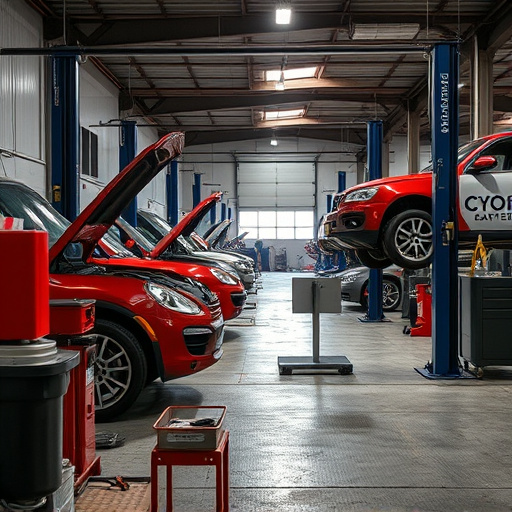
After successfully replacing your door seal with one that meets OEM (Original Equipment Manufacturer) specifications, proper post-installation care is crucial to ensure longevity and maintain a tight seal. Start by allowing the new seal to cure completely according to the manufacturer’s instructions, typically requiring 24-48 hours of dryness. During this time, avoid exposure to direct sunlight or excessive heat, as it can accelerate curing but also cause the sealant to set too quickly, leading to surface imperfections.
Once cured, inspect the new door seal for any signs of damage or misalignment. Ensure the seal is properly seated and makes secure contact with the door frame. Regular cleaning and maintenance are essential, especially in environments with high moisture levels or extreme temperature fluctuations. Use mild soap and water to clean the sealing area periodically, removing any dirt or debris that could compromise the seal’s effectiveness. In case of minor dents or scratches on the door panel during installation, consider a professional dent repair service from an automotive body shop to restore the original appearance before it impacts the overall seal quality.
When it comes to door seal replacement, adhering to Original Equipment Manufacturer (OEM) specifications is paramount. By following the steps outlined in this article and implementing post-installation tips, you can ensure a seamless and durable solution for your vehicle’s doors. These practices not only enhance the overall performance of the seals but also contribute to improved energy efficiency and reduced noise levels, ultimately optimizing your driving experience.
